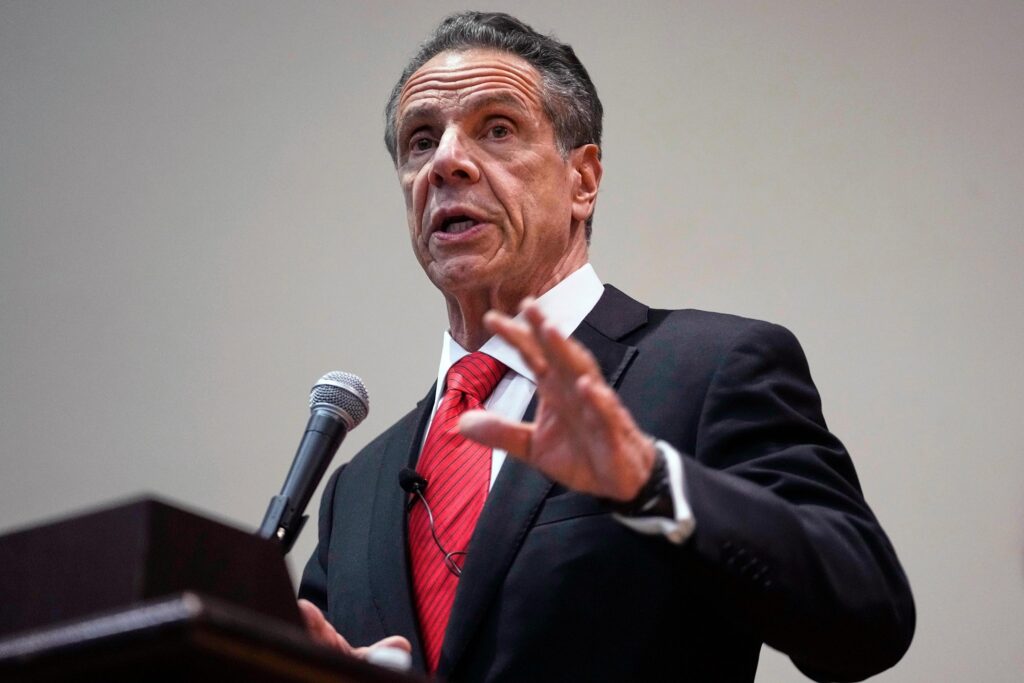New York City Rent Regulation: A Clash of Perspectives Between Andrew Cuomo and Zohran Mamdani
Cuomo Challenges Mamdani’s Rent Control Proposals Amid Housing Affordability Crisis
In a recent public dispute that reignited the contentious debate over rent regulation in New York City, former Governor Andrew Cuomo sharply criticized Assemblyman Zohran Mamdani’s progressive housing policies. Cuomo contended that Mamdani’s push for expansive rent control measures risks undermining the city’s housing market by discouraging investment and new development. He emphasized the importance of striking a balance that protects tenants while maintaining incentives for developers to increase housing supply—an equilibrium he believes Mamdani’s approach neglects.
Cuomo highlighted several concerns regarding Mamdani’s platform:
- Excessive regulation: Could deter developers from initiating new projects, worsening the housing shortage.
- Market imbalances: Artificially capping rents may reduce the availability of affordable units over time.
- Tenant safeguards: Necessary but should be integrated with market-friendly policies to sustain housing stock.
| Policy Element | Cuomo’s Perspective | Mamdani’s Proposal |
|---|---|---|
| Rent Control Expansion | Advocates caution, warns of investment decline | Supports broadening tenant protections aggressively |
| Incentives for Development | Favors preserving incentives to encourage supply growth | Calls for stricter regulations on developers |
| Approach to Affordability | Prefers market-based solutions with tenant safeguards | Emphasizes government intervention and subsidies |
Political Polarization Surrounding Rent Regulation in NYC’s Housing Debate
Rent regulation remains a deeply divisive topic within New York City’s political landscape, reflecting broader ideological splits on how to tackle the housing affordability crisis. Cuomo’s recent remarks portray Mamdani’s policies as disconnected from the economic realities of the city’s housing market, warning that stringent rent controls could inadvertently reduce housing availability. Conversely, Mamdani and his supporters argue that robust rent protections are essential to prevent tenant displacement and maintain the city’s socioeconomic diversity.
Core issues fueling the divide include:
- Impact on housing supply: Critics argue that rent caps discourage new construction and reduce overall availability.
- Protection of renters: Advocates stress the need for strong safeguards against eviction and rent hikes.
- Political ideology: Progressives push for expanded regulations, while centrists and conservatives favor balanced reforms.
| Issue | Cuomo’s Stance | Mamdani’s Stance |
|---|---|---|
| Effectiveness of Rent Control | Detrimental to investment and supply | Crucial for tenant protection and preventing displacement |
| Housing Market Stability | Market forces should determine pricing | Regulation needed to address market failures |
| Political Orientation | Centrist, pragmatic reform approach | Progressive, tenant-first policy focus |
Economic Consequences of Rent Control: Insights from Cuomo’s Critique
Cuomo’s recent critique sheds light on the economic complexities tied to rent control reforms in New York City. He warned that aggressive rent caps, while well-meaning, can distort market incentives, leading landlords to reduce maintenance or withdraw rental units altogether. This dynamic risks shrinking the already limited housing stock, exacerbating affordability challenges. Additionally, Cuomo pointed to the possibility of increased informal rental arrangements as tenants attempt to circumvent restrictive regulations.
Economic risks highlighted include:
- Lower motivation for landlords to invest in property upkeep and improvements.
- Decline in new housing construction due to reduced profitability.
- Growth of unregulated subletting and informal housing markets.
- Potential contraction of affordable rental units if landlords exit the market.
| Policy Component | Possible Economic Impact |
|---|---|
| Rent Caps | May limit landlord income, reducing property upkeep |
| Tenant Protections | Could lower eviction rates but reduce market flexibility |
| Development Incentives | Risk of slowing new construction projects |
Strategies for Harmonizing Tenant Rights with Housing Market Health
Achieving a sustainable balance between tenant protections and a vibrant housing market requires carefully crafted policies that shield renters without discouraging landlord investment. Combining enhanced rent control with targeted incentives for affordable housing development can foster a more equitable environment. For example, tax breaks for landlords who maintain below-market rents, paired with stronger tenant rights such as guaranteed lease renewals, can help preserve affordability while supporting supply.
Experts advocate for adaptable policy frameworks that respond to market shifts and neighborhood-specific needs. Recommended measures include:
- Implementing vacancy control laws to prevent sharp rent increases between tenants.
- Expanding housing voucher programs to assist low-income renters in accessing affordable units.
- Increasing transparency around rent hikes through standardized reporting requirements.
- Promoting public-private partnerships to boost the affordable housing inventory.
| Policy Measure | Advantages | Challenges |
|---|---|---|
| Expanded Rent Control | Provides stability for long-term tenants | May reduce landlord incentives to invest |
| Housing Vouchers | Offers immediate relief to vulnerable renters | Effectiveness limited without increased funding |
| Vacancy Control Policies | Prevents sudden rent surges | Enforcement can be complex |
| Tax Incentives for Landlords | Encourages maintenance of affordable units | Potential loss of municipal revenue |
Conclusion: Navigating the Future of NYC’s Housing Policy
The ongoing debate between Andrew Cuomo and Zohran Mamdani highlights the sharp ideological divides shaping New York City’s housing policy landscape. As the city grapples with a worsening affordability crisis—where median rents have surged by over 15% in the past two years alone—finding common ground remains critical. With both leaders advocating contrasting visions, the discourse around rent regulation and tenant protections will continue to influence legislative priorities and electoral outcomes. Stakeholders and residents alike will be closely monitoring how these policy battles unfold and impact the city’s housing future.













